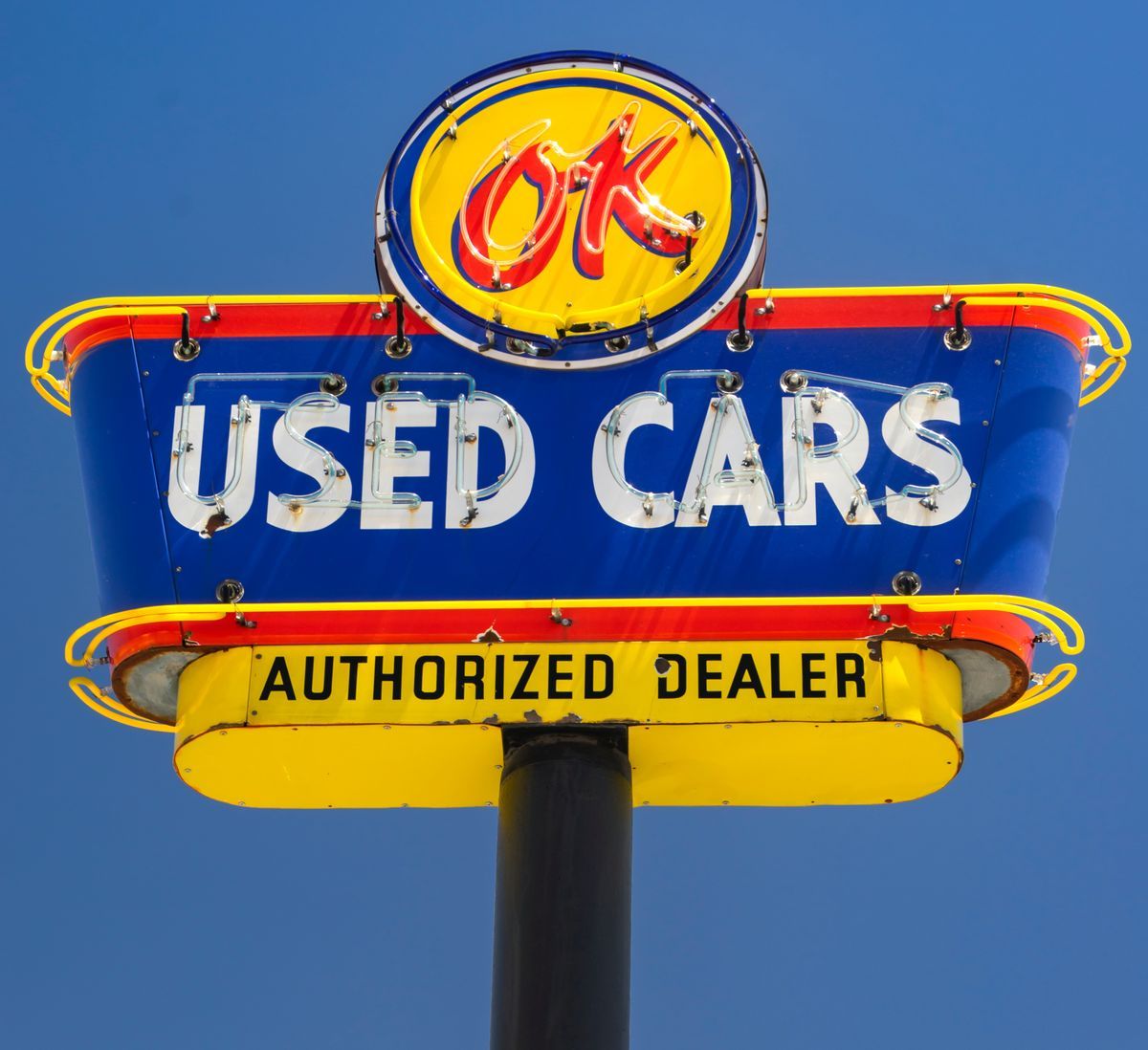Why Are the Prices of Used and Rental vehicles increasing in the U.S.?
Car prices rising at a record pace, pressuring consumers' budgets.

In recent months, the prices of used and rental vehicles have increased considerably in the U.S. for a variety of reasons. A recent report by the National Association of Automobile Distributors (NADA), found that the average price of a used vehicle has increased by 14.3% in the last year, which represents a historically high figure.
Unexpected reasons push prices
There are several reasons behind this increase in the prices of used and rental vehicles in the United States. First of all, the COVID-19 pandemic has had a significant impact on the automotive industry around the world. In many cases, factories have had to close temporarily due to sanitary restrictions and business closures, which has led to a decrease in the production of new vehicles.
In addition, the shortage of semiconductor chips, which are used in a wide variety of electronic devices, has also affected the automotive industry. Chips are essential for the manufacture of many electronic components of modern vehicles, such as entertainment, navigation and safety systems. The shortage has caused delays in production and has led to a decrease in the supply of new vehicles in the market, which has boosted the prices of used and rental vehicles.
Another important reason for the increase in the prices of used and rental vehicles in the United States is the increase in demand. The pandemic has led many people to look for alternatives to public transport and shared trips, which has increased the demand for personal vehicles. In addition, the government's tax incentives for the purchase of electric vehicles and the growing interest in environmental sustainability have also boosted the demand for new and used vehicles.
How does this affect consumers?
The increase in the prices of used and rental vehicles in the United States can have a significant impact on consumers' pockets. First of all, it can make it more difficult for people to buy a new or used vehicle due to the increase in prices. This can lead people having to pay more for a car loan or postpone the purchase of a vehicle until prices go down.
On the other hand, the increase in the prices of rental vehicles can make it more expensive for people to travel or move, which can have an impact on their quality of life. In addition, the increase in the prices of used and rental vehicles can also lead to an increase in the cost of living in general, since consumers will have to pay more for goods and services that depend on transport, such as food and other basic products.
Another potential impact for consumers is the increase in the cost of car insurance. As vehicle prices increase, repair costs may also increase, which can lead to an increase in car insurance premiums.
In addition, consumers who depend on public transport may also be affected by the increase in rental vehicle prices. If car rental prices become prohibitive, people may be forced to use public transport or look for other alternatives, such as sharing cars or using bicycles and electric scooters, which can also have an impact on the environment.
